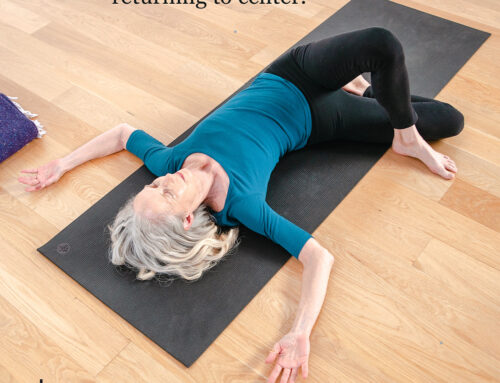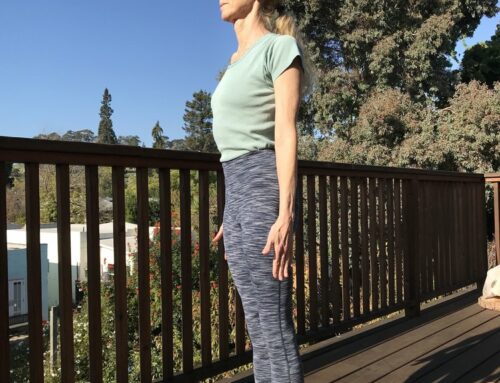Are you amazed by birds aloft, soaring, dipping, stooping.. how about that lift-off! Their power and the grace is mesmerizing. I’m sure you have wondered about flying too! and more to the point, why we humans can’t. Even a small, thin (OK, skinny) person like me can’t get aloft.
If you get to NYC anytime soon, you’ll want to stop by the Natural History Museum on the upper west side. Not only have they recently installed the largest fossilized dinosaur (estimated weight at 77-100 tons!) found thus far-for now it’s called Titanosaurus, of course-but they have a great exhibit called Living Dinosaurs. Its all about the bird-dinosaur connection. Yes, the premise is that birds are descendant from, and are today’s living, Dinos.
It got me thinking about flying, again. Lots of fossil skeletons to examine showing the body of the early birds as compact and rigid, especially in comparison to their long, very mobile necks. (Up to 25 cervical vertebrae!) Many of their bones are fused together, or have extra “plating” like over the upper ribs to create this stiffness. Its to protect the inner body during flight and the impact of landing. But if you think about it a little more, anything that moves needs something solid against which to push. Just like that old saying, “if you want to go up, you have to go (push) down.” Watch a dancer or a basketball player just before they leap: in dance its called a Plie`, the knees and ankles flex as the body is actively compressed downward and then then entire foot and leg system pushes into the floor, extending fully to get airborne. If you continue to observe these athletes you’ll see that some are truly “light” and “graceful” and get lots of “air.” These athletes have a remarkable connection to what we call “core.” Its a complex and intuitive (to some degree trainable) process that requires an incredibly strong set of core muscles that can contract quickly and powerfully as needed to stabilize the body as it moves through space. If this doesn’t kick in the body will clumsily collapse into a heap with little or no time aloft.
Birds have evolved a rigid skeleton to stabilize themselves so that their considerable muscular power can be used for take-off and flight. And flying through space, there is no floor to push off of so the wings but have a stable torso to which they are attached in order to move with direction and speed, and to slow and stop at will.
For us Yogis moving on our tiny mats stuck in the field of gravity, none of this is terribly critical. But it does follow that as we are able to stabilize our cores at the right moment, and well timed with our breath, our movement will gain power, specificity and grace. To be clear, I am not talking about a constant grip of the inner body! But consider the transition from Virabhadrasna 1 to Virabhdrasana 3: On the exhale, when the lower bandhas are more easily accessed, the front leg knee and ankle flex deeply as the torso lengthens forward, the gaze is fixed on a forward point and inhaling the leg extends, the Yogi shifts forward and up, keeping the torso strong and still -solid- as is it catapulted into the balance position. On a good day, it almost feels like flying…




